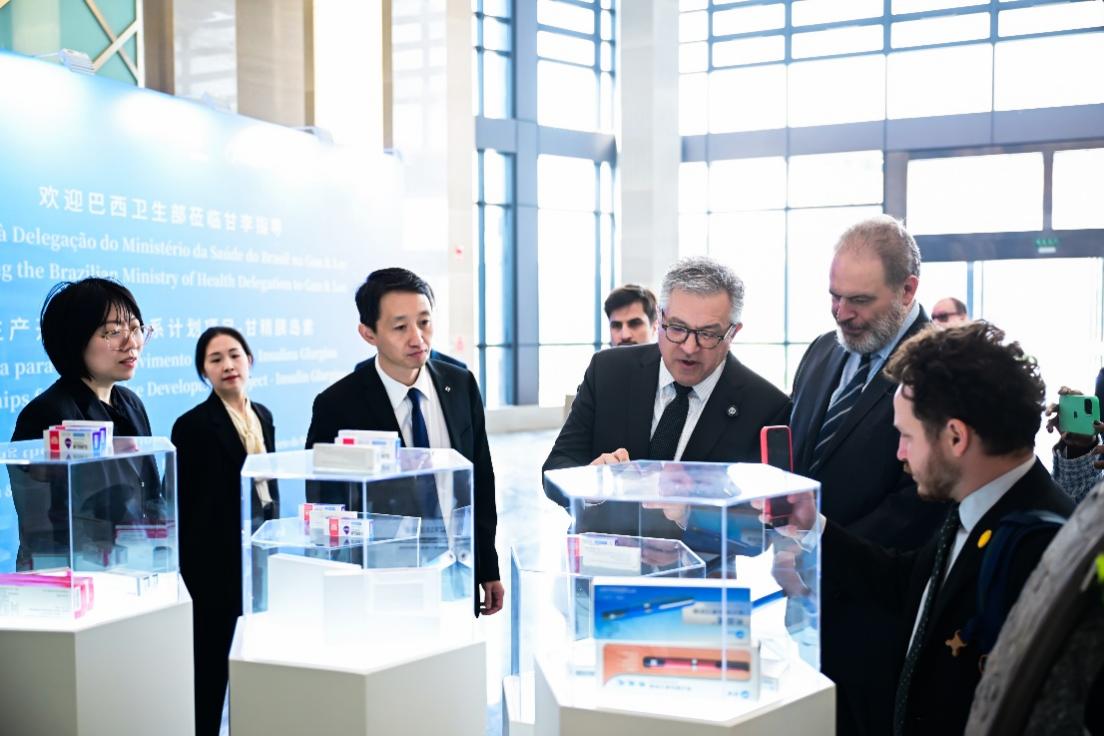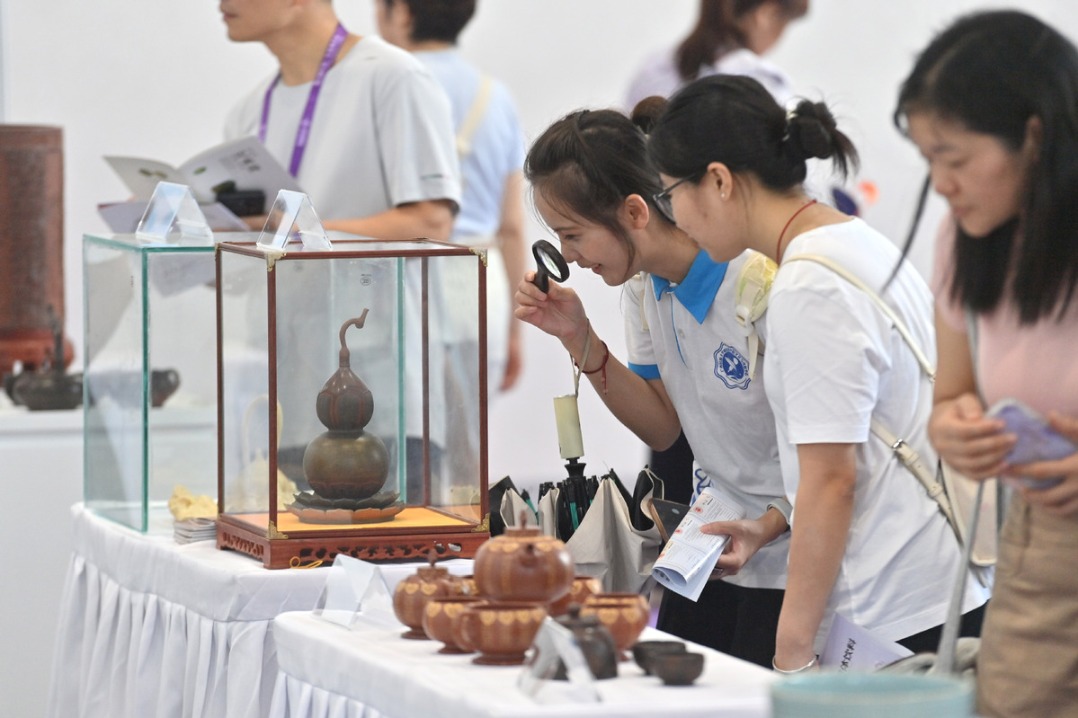Gan & Lee Pharmaceuticals signed a cooperation commitment letter for the PDP project with Brazil's Ministry of Health


Gan & Lee Pharmaceuticals has been implementing a dual localization strategy focusing on production localization and operational localization in Brazil since its 2014 partnership with Biomm under the Belt and Road Initiative's production capacity cooperation framework. Through technology licensing and product authorization, the company has transferred its expertise to help Biomm establish Brazil's first insulin formulation production line, securing over 50 percent market share for insulin glargine in Brazil's public healthcare system.
This PDP project - jointly implemented with Brazil's Fiocruz and Biomm - will accelerate the nationwide transition from second-generation intermediate-acting insulin to long-acting basal insulin glargine. This initiative will further strengthen the strategic mutual trust between China and Brazil in the biopharmaceutical sector.
Du Kai, CEO of Gan & Lee, said: "Through this collaboration, we are putting into practice the Belt and Road Initiative of joint consultation, collective contribution and shared benefits."
"Not only does this strengthen the resilience of Brazil's pharmaceutical supply chain, but it also delivers a distinctive Chinese approach to establishing reliable insulin access across South America," he added. "Shandong Production Site serves as a strategic anchor for Gan & Lee's dual-circulation development model. Gan & Lee will expedite the operational launch of its Shandong site to ensure 'Made in China' delivers high-quality therapeutics to patients worldwide."
Currently, Gan & Lee operates two insulin drug substance production sites: the Beijing Tongzhou site with an annual production capacity of 3,500 kilograms and the Shandong Linyi site with an annual production capacity of 4,000 kg in Construction Phase I.
To meet surging demand in Brazil and global markets, Gan & Lee Shandong's intelligent manufacturing site is currently undergoing a review process by the National Medical Products Administration. The Phase l designed production capacity of the Shandong site reaches 4,000 kg per year. This facility is planned to primarily meet domestic orders, while the production capacity of the Beijing plant will be optimized to ensure a stable supply to global markets.
ouyangshijia@chinadaily.com.cn



































